Train stations are supposed to be places where you catch a train and move on, right? Well, think again. Some of the world’s most stunning architectural masterpieces happen to be railway stations, blending practical transportation with jaw-dropping design. From Victorian Gothic cathedrals to futuristic glass structures, these stations prove that getting from point A to point B can be an experience in itself.
Whether you’re an architecture enthusiast, a history buff, or just someone who appreciates beautiful spaces, these stations offer more than just departure boards and ticket counters. Here’s a list of 15 iconic train stations that deserve a spot on your travel bucket list.
Grand Central Terminal
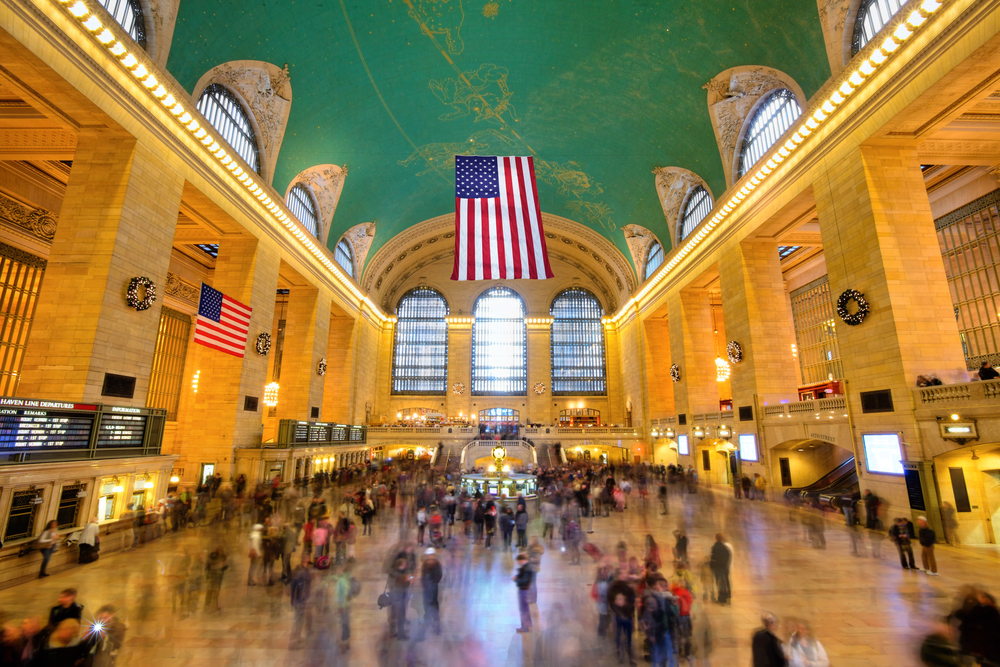
— Photo by dibrova
New York’s Grand Central Terminal isn’t just a train station — it’s basically a palace with platforms. This Beaux-Arts masterpiece opened in 1913 and holds the Guinness World Record for having the most platforms of any train station in the world, with 44 of them spread across two levels. The main concourse features a stunning celestial ceiling mural showing the zodiac constellations, though fun fact: it’s actually painted backwards. More than 21 million tourists visit each year, and that doesn’t even count the daily commuters who rush through its marble halls.
Chhatrapati Shivaji Terminus

— Photo by smoke-lmt.mail.ru
Mumbai’s Chhatrapati Shivaji Terminus looks more like a Gothic cathedral than a train station, and that’s exactly what British architect F.W. Stevens was going for back in 1888. This UNESCO World Heritage Site serves over three million commuters daily, making it one of the busiest stations in the world. The building’s Victorian Gothic Revival style mixed with Indian architectural influences creates something truly unique — turrets and stone domes alongside pointed arches and intricate carvings. Originally called Victoria Terminus, it was renamed to honor the Maratha warrior king, but locals still call it VT.
St. Pancras International
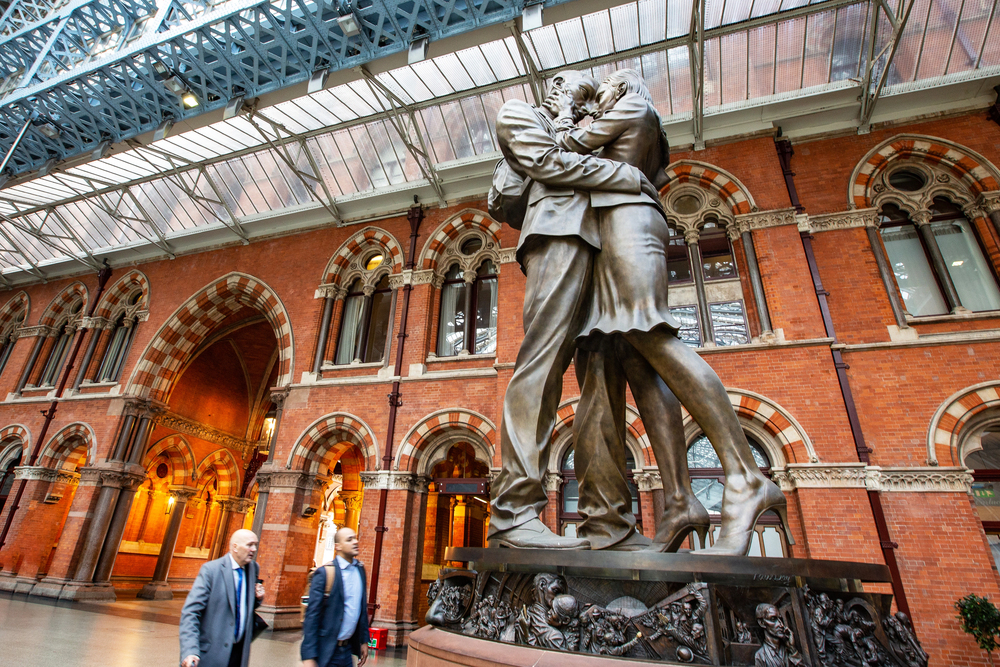
— Photo by natalia.milko@gmail.com
London’s St. Pancras International proves that sometimes the best way to enter Europe is through a Victorian masterpiece. The station’s Gothic Revival architecture, designed by Sir George Gilbert Scott, features soaring iron columns and a massive train shed that was an engineering marvel when it opened in 1868. The 2007 restoration added modern touches like ‘The Lovers’ statue — a 30-foot bronze sculpture of two figures embracing, that’s become an Instagram favorite. As the London terminus for Eurostar services, millions of travelers get their first taste of British grandeur right here.
Antwerpen-Centraal
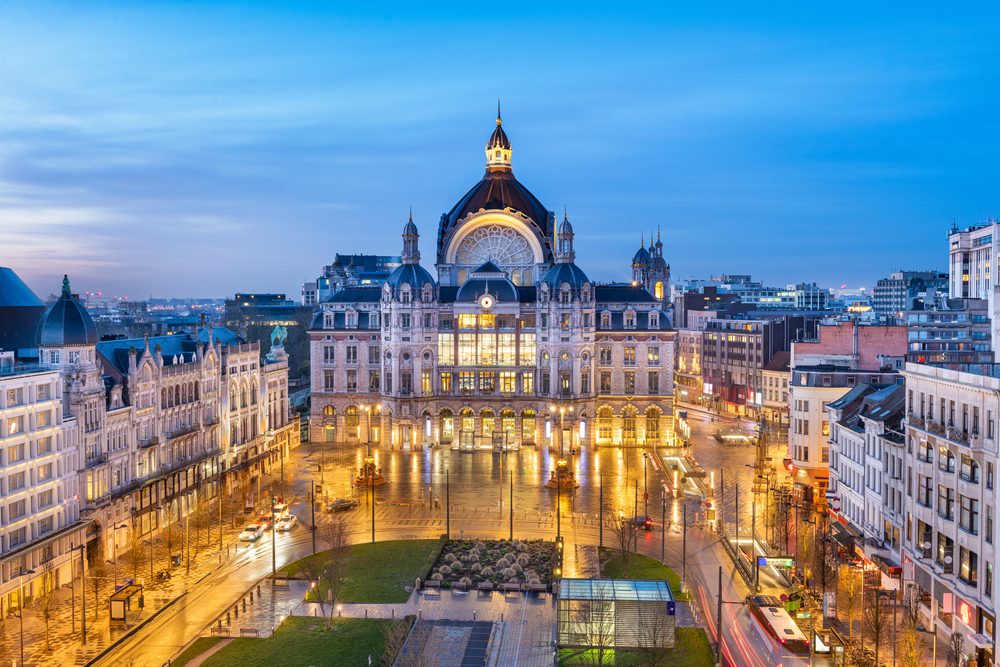
Belgium’s Antwerpen-Centraal earned the nickname ‘Railway Cathedral’ for good reason — its massive dome and ornate details rival any religious building. Built in 1905 using 20 different types of marble, this four-story station combines so many architectural styles that experts gave up trying to categorize it. The central dome covers a waiting hall that feels more like a palace ballroom than a transit hub. Despite being heavily damaged during World War II, careful restoration has brought back its original splendor, and modern upgrades now allow high-speed trains to zip through underground tunnels.
Tokyo Station
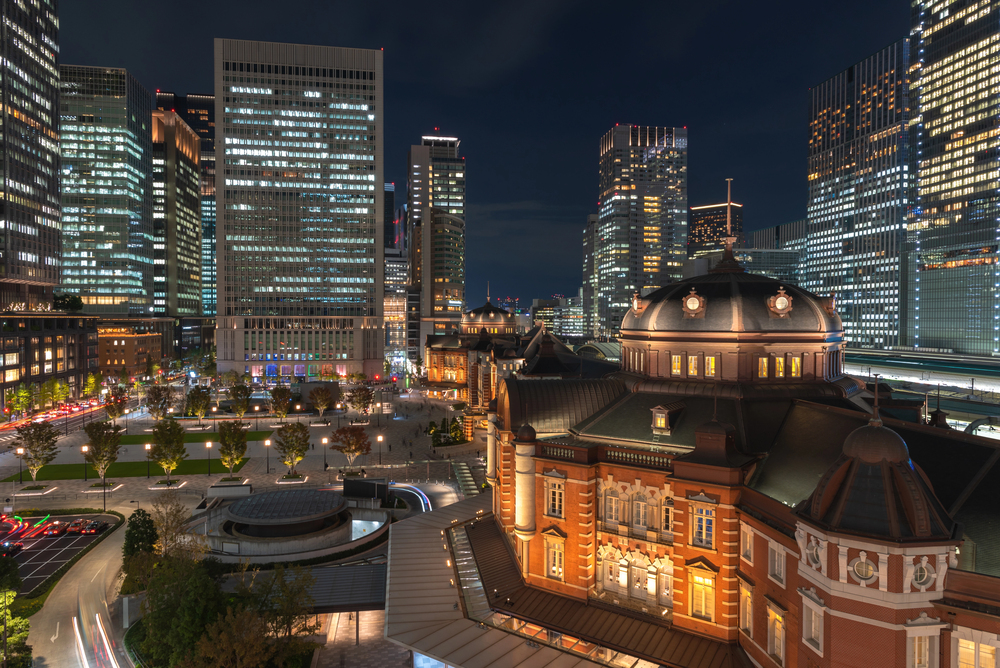
Tokyo Station’s red brick Marunouchi building looks like it was plucked from a European city and dropped into the heart of Japan’s capital. Opened in 1914, this important cultural property survived World War II bombings and has been carefully restored to its original glory. The building houses one of the world’s busiest train stations, handling more than 4,000 trains daily. Look up inside the building to spot the beautiful domed ceilings decorated with zodiac sculptures — a detail that most rushing passengers miss entirely.
Liège-Guillemins
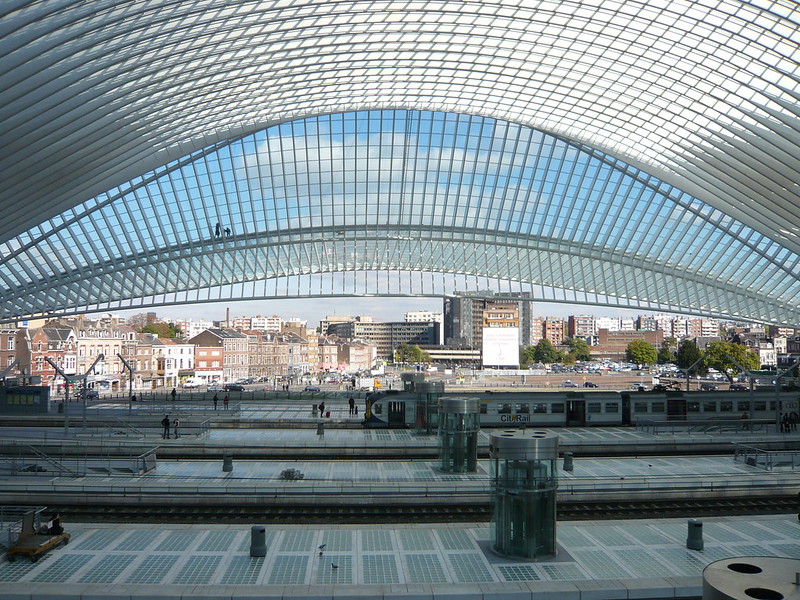
Spanish architect Santiago Calatrava turned a simple Belgian train station into something that looks like it landed from the future. Opened in 2009, Liège-Guillemins features soaring white steel and glass arches that curve dramatically over the platforms like the skeleton of some massive prehistoric creature. The station’s open-air design means natural light floods every corner, creating shadows that shift throughout the day. Unlike traditional stations with enclosed waiting areas, this design makes the platforms themselves feel like outdoor sculpture galleries.
São Bento Station
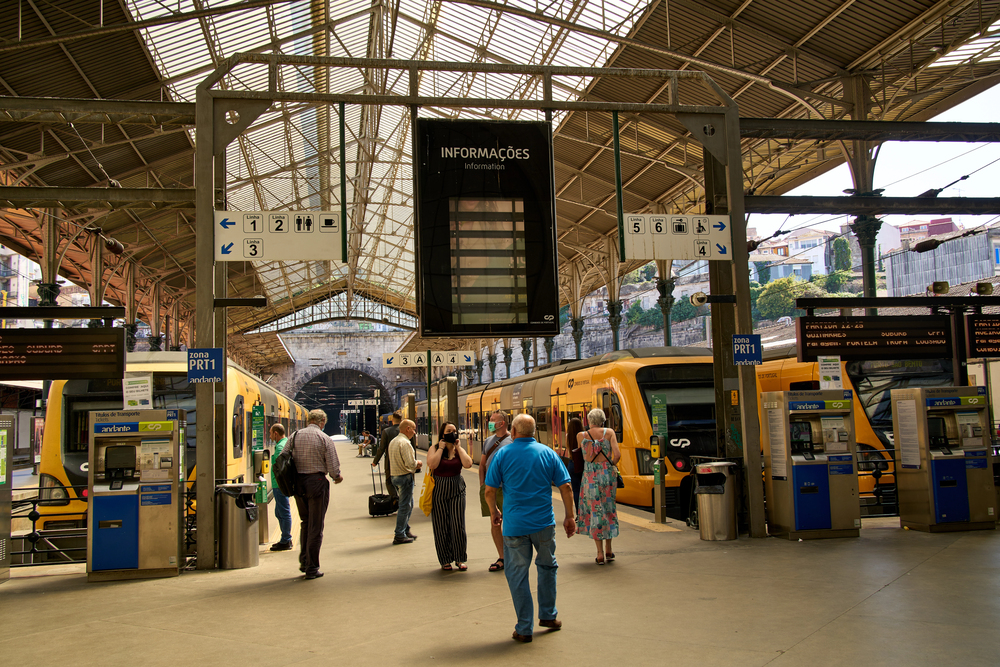
— Photo by josegulias
Porto’s São Bento Station transforms a simple train ride into an art history lesson. The station walls are covered with over 20,000 hand-painted azulejo tiles that tell the story of Portugal’s past, from rural life to historic battles. Created by artist Jorge Colaço and completed in 1916, these blue and white masterpieces turn the entire station into a living museum. The intricate scenes are so detailed that many visitors spend more time studying the walls than checking train schedules.
Union Station
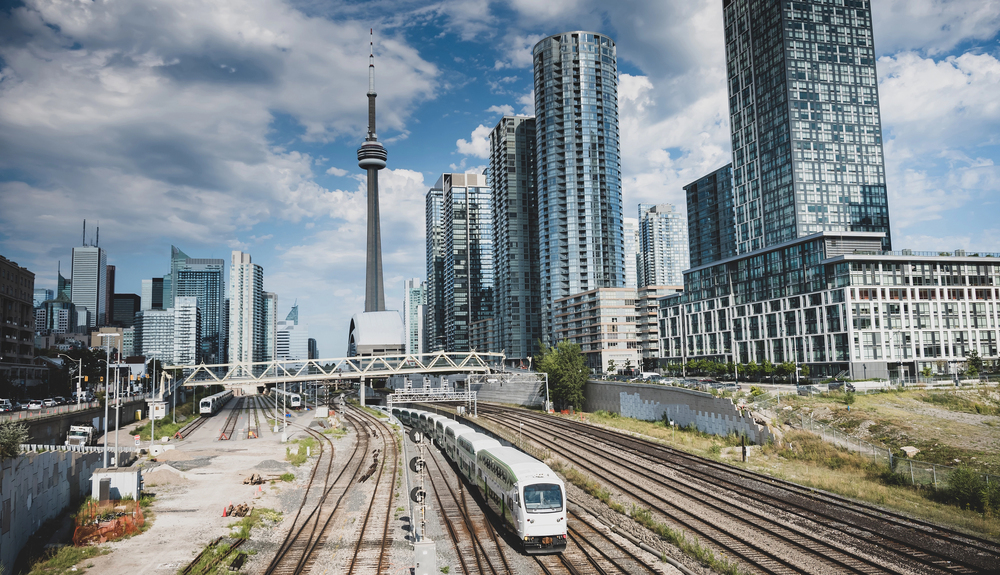
— Photo by surangastock
Los Angeles Union Station calls itself ‘The Last of the Great Railway Stations,’ and it’s easy to see why when you walk through its cathedral-like waiting room. Built in 1939, the station blends Mission Revival and Art Deco styles with Spanish colonial influences that perfectly capture California’s architectural heritage. The main waiting room features massive wooden beams, colorful tile work, and leather chairs that make you want to settle in for hours. Even though passenger rail declined after its opening, the station has found new life serving commuter trains and appearing in countless Hollywood movies.
King’s Cross Station
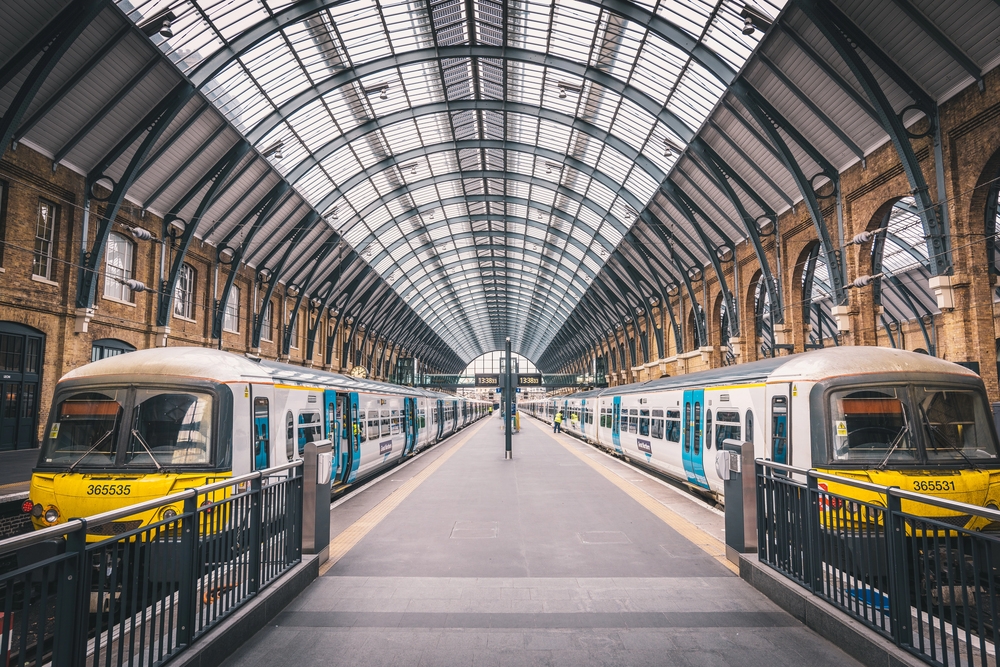
— Photo by chensey7
London’s King’s Cross Station got a massive makeover that turned a grimy Victorian terminal into a modern marvel topped with a stunning lattice roof. The 2012 renovation added a semicircular departure concourse covered by a web of white steel tubes that creates intricate geometric patterns overhead. While Harry Potter fans still line up for photos at Platform 9¾, architecture lovers come to admire how the new glass and steel structure complements the original 1852 building. The design allows natural light to flood the space while creating clear sightlines to help passengers navigate the busy hub.
Gare du Lyon
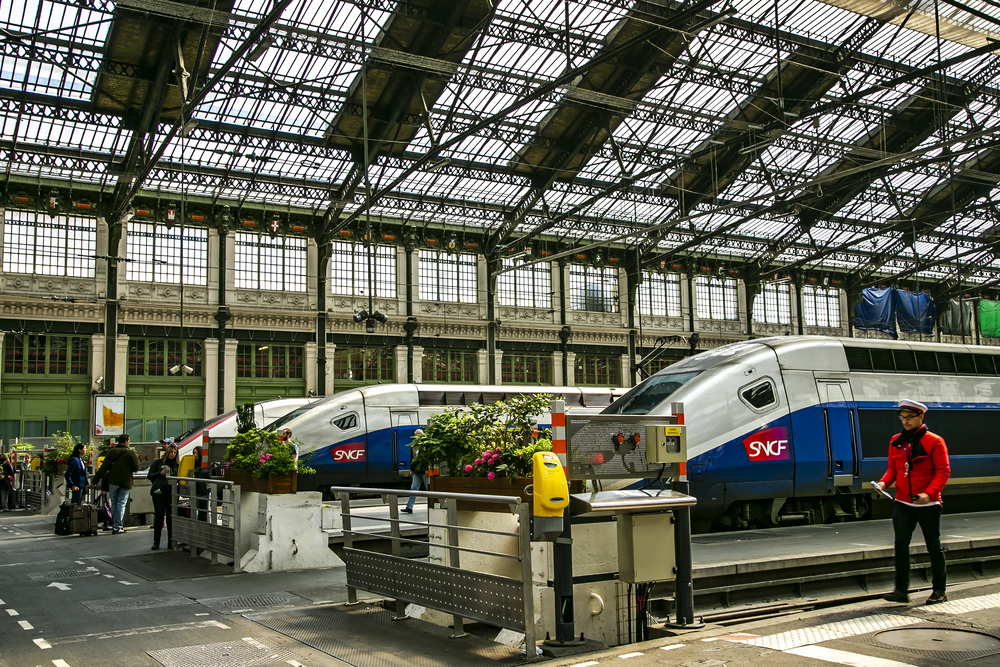
— Photo by ursula1964
Paris has seven major train stations, but Gare du Lyon might be the most magnificent of them all. Built for the 1900 World’s Fair, the station features a clock tower that rivals London’s Big Ben and ornate Belle Époque details throughout. Inside, you’ll find the famous Le Train Bleu restaurant, which feels more like dining in a palace than grabbing a quick bite before your train. The restaurant’s elaborate painted ceilings and gold leaf decorations are so over-the-top that they make the Orient Express look understated.
Berlin Hauptbahnhof
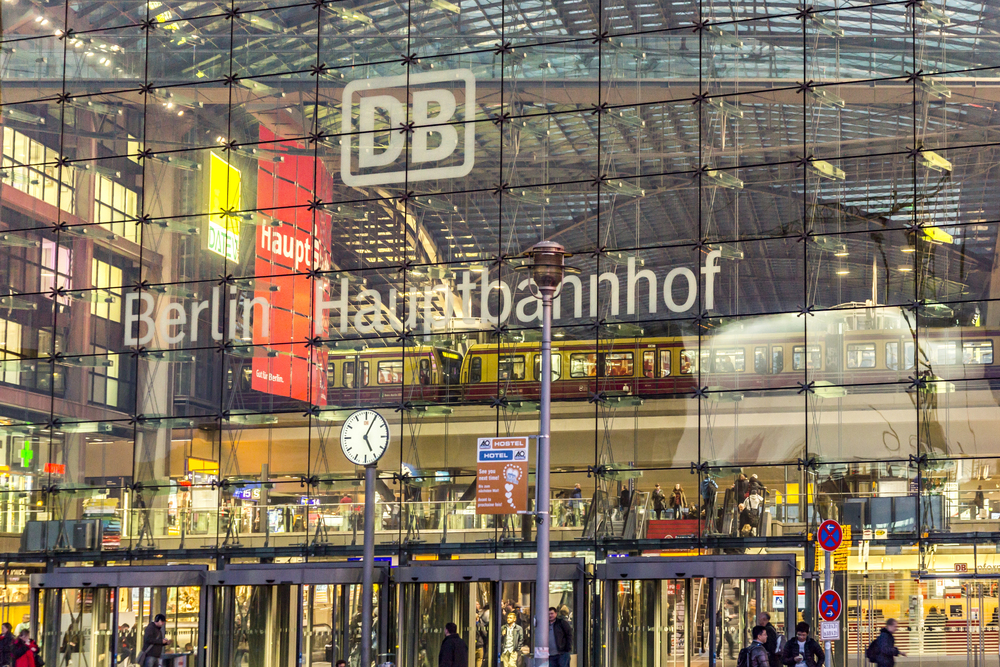
— Photo by Hackman
Berlin Hauptbahnhof looks like a giant glass crystal that someone dropped in the middle of the German capital. This five-story steel and glass marvel opened in 2006 as Europe’s largest crossing station, with tracks running in all four directions at different levels. The transparent design means you can watch trains glide through the upper levels while standing on the platforms below — it’s like being inside a massive transportation aquarium. At night, the entire structure glows against the skyline, earning it comparisons to everything from a space station to a glowing jewel.
Kanazawa Station
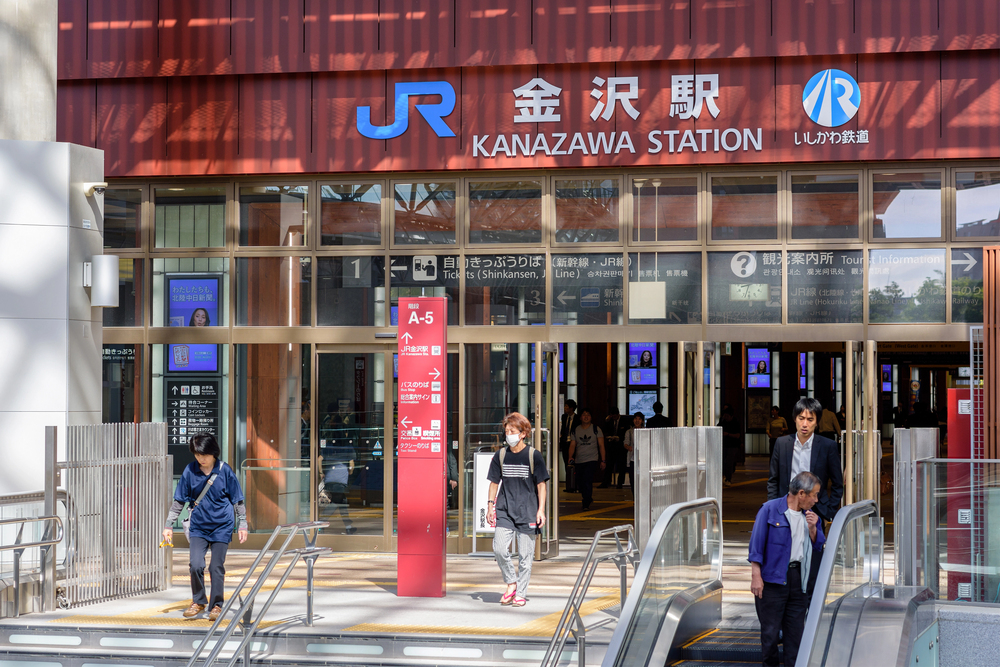
— Photo by norgallery
Kanazawa Station greets visitors with a massive wooden gate that looks like something from a traditional Japanese temple, but don’t be fooled — this is thoroughly modern architecture. The ‘Motenashi Dome’ (hospitality dome) creates a stunning glass canopy that welcomes travelers while the Tsuzumi Gate, shaped like a traditional drum, serves as the station’s iconic entrance. The 2005 redesign perfectly captures the balance between Japan’s ancient traditions and its high-tech present. It’s probably the only place where you can see bullet trains speeding past structures that echo centuries-old craftsmanship.
Milano Centrale
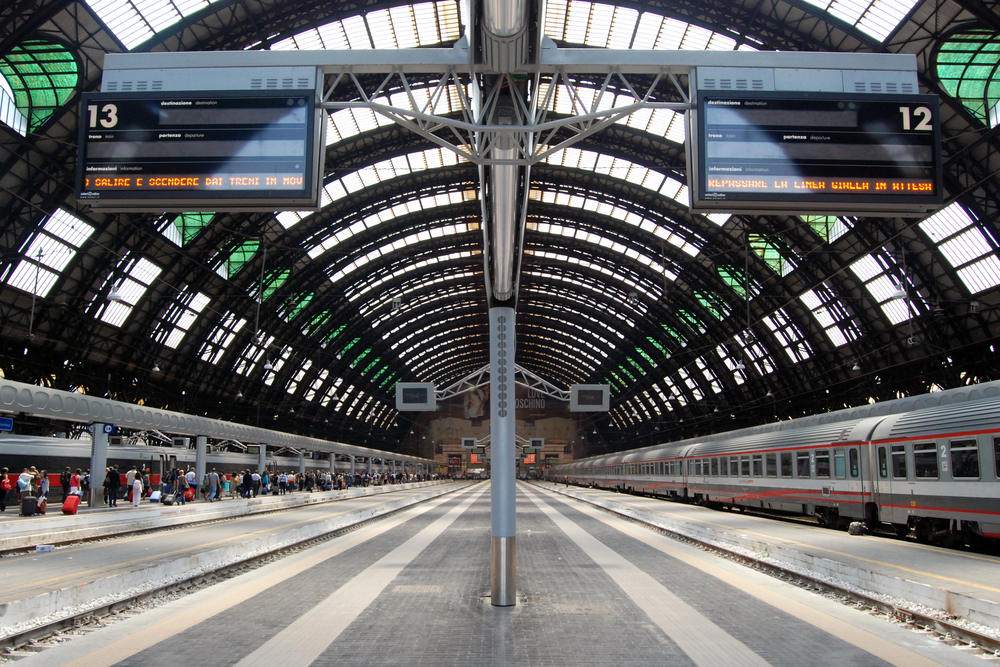
Milan’s central station doesn’t just serve trains — it serves drama. This 1931 Art Nouveau and Art Deco masterpiece features soaring arched ceilings, elaborate stonework, and enough marble to build a small palace. The main hall feels more like a cathedral nave than a transportation hub, with decorative details that reward careful examination. Mussolini wanted this station to showcase Fascist grandeur, and while the politics have changed, the architectural impact remains undeniable — this is a station that makes every departure feel like a grand occasion.
Flinders Street Station
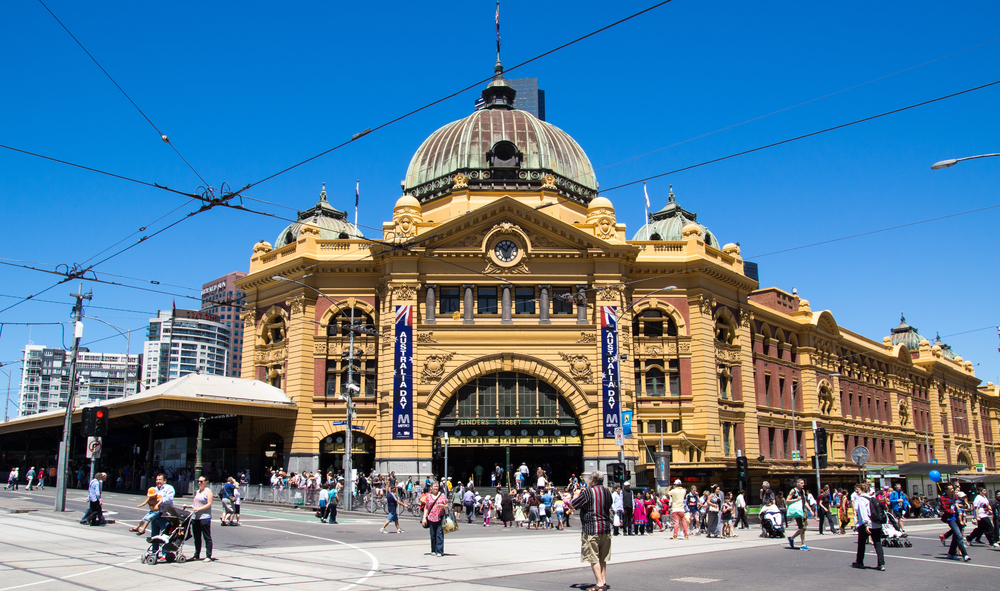
— Photo by scottt13
Melbourne’s Flinders Street Station has been an icon of the Australian city since 1854, though the current yellow brick building dates to the early 1900s. The station’s distinctive green copper dome and famous clocks have become symbols of Melbourne itself, appearing on postcards and in movies for decades. ‘Meet me under the clocks’ is such a common phrase in Melbourne that the station entrance has become the city’s unofficial gathering spot. The Victorian-era architecture stands out beautifully against Melbourne’s modern skyline, proving that sometimes the old ways of building were the best.
Estação de Atocha
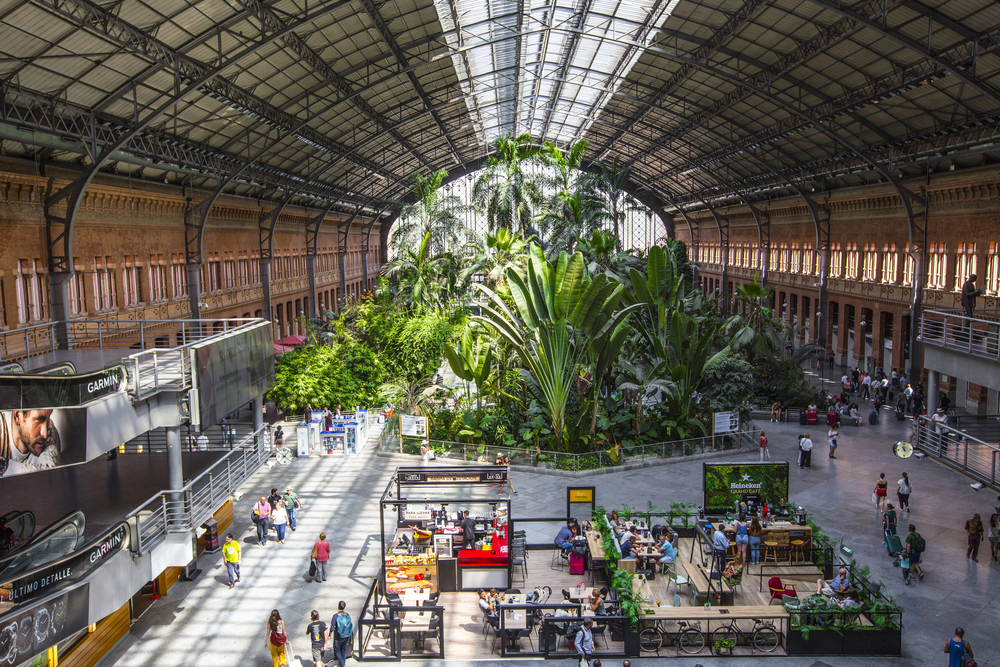
— Photo by natalia.milko@gmail.com
Madrid’s Atocha Station contains one of the world’s most unexpected sights — a massive tropical garden growing inside a railway terminal. The original 19th-century iron and glass train shed was converted into a stunning greenhouse that houses over 7,000 plants covering nearly 10 acres. Passengers waiting for high-speed trains to Barcelona or Seville can wander through this indoor jungle complete with ponds, palm trees, and even turtles. It’s like catching your train from the middle of a botanical garden, making delays almost welcome.
Where Engineering Meets Art
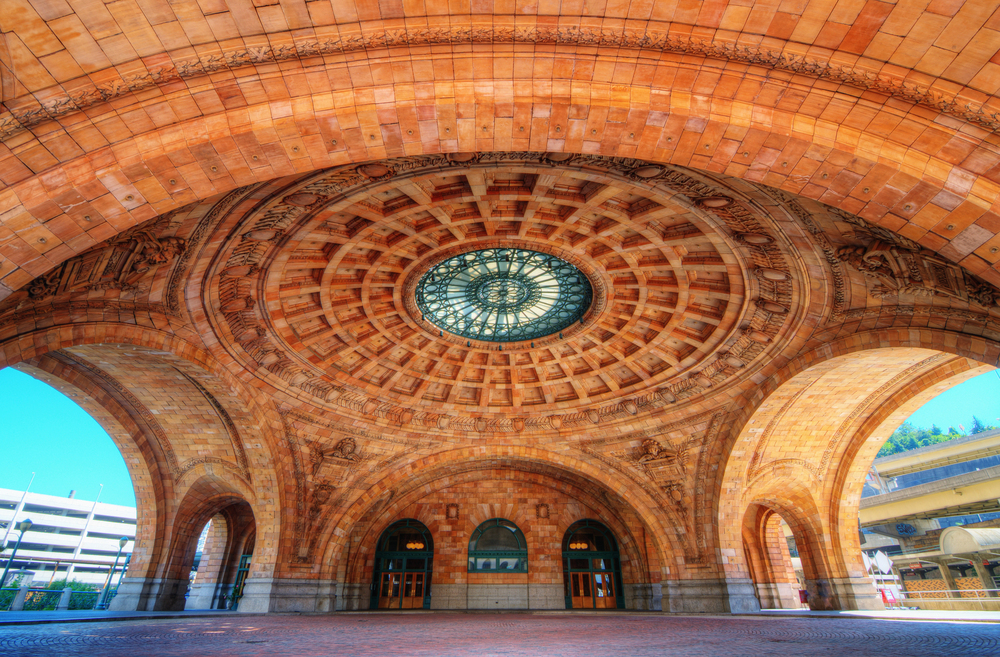
These 15 stations prove that the golden age of railway architecture never really ended — it just evolved. From the Victorian grandeur of Mumbai’s Gothic masterpiece to the space-age curves of Belgium’s glass cathedral, each station reflects its time and place while serving millions of travelers. Many of these architectural marvels have survived wars, renovations, and the decline of passenger rail to emerge as protected landmarks and tourist destinations in their own right. The next time you’re rushing to catch a train, remember that sometimes the journey’s most beautiful moment happens before you even leave the station.
More from Travel Pug

- 20 Best Beach Towns in the Carolinas
- 13 Destinations Where Tourists Regularly Regret Their Trip
- 20 Things You Actually Get in First Class
- 20 Small Airports With Aviation Museums
- 20 Places in the U.S. That Are Perfect for a Reset Trip
Like Travel Pug’s content? Follow us on MSN.
